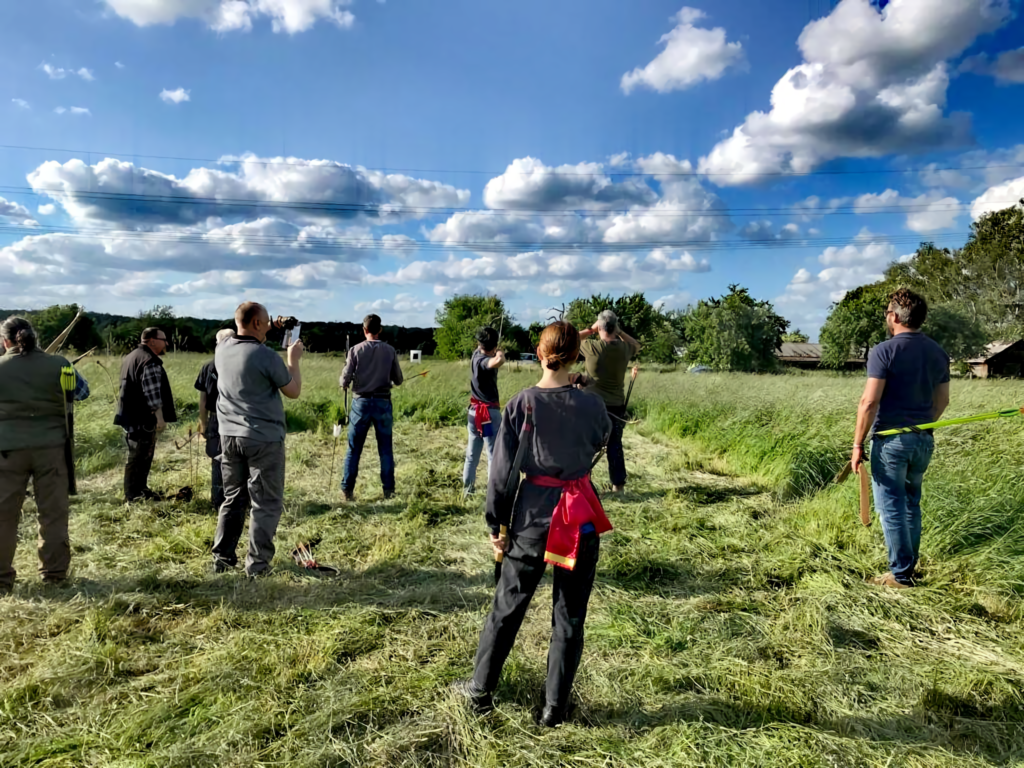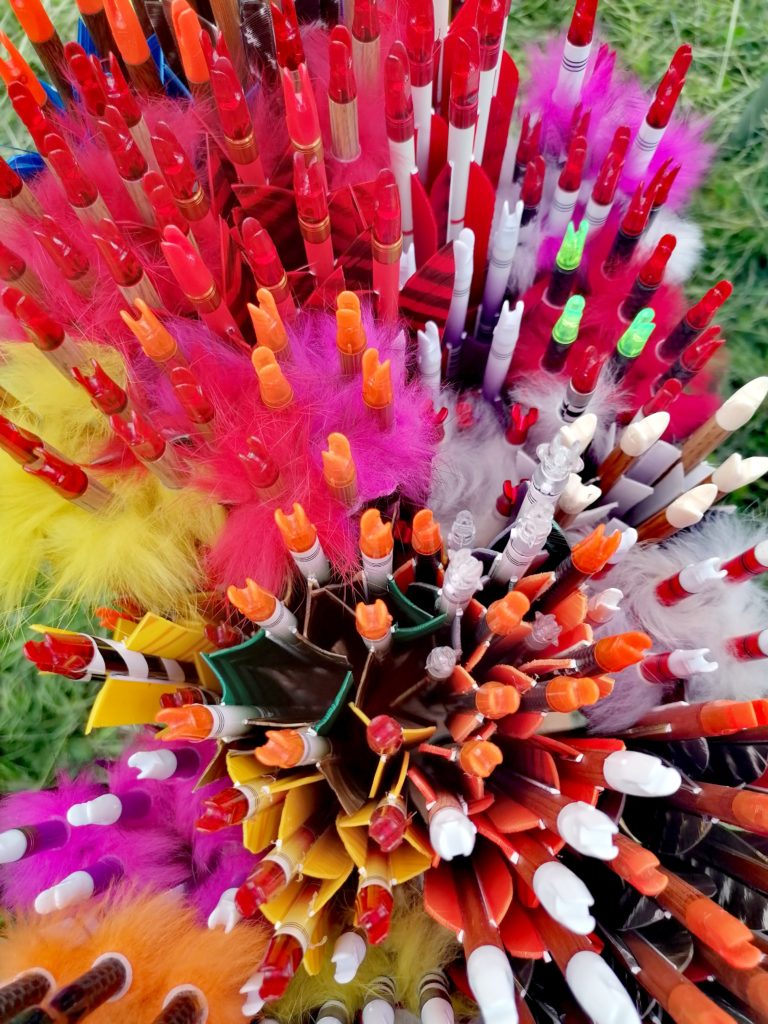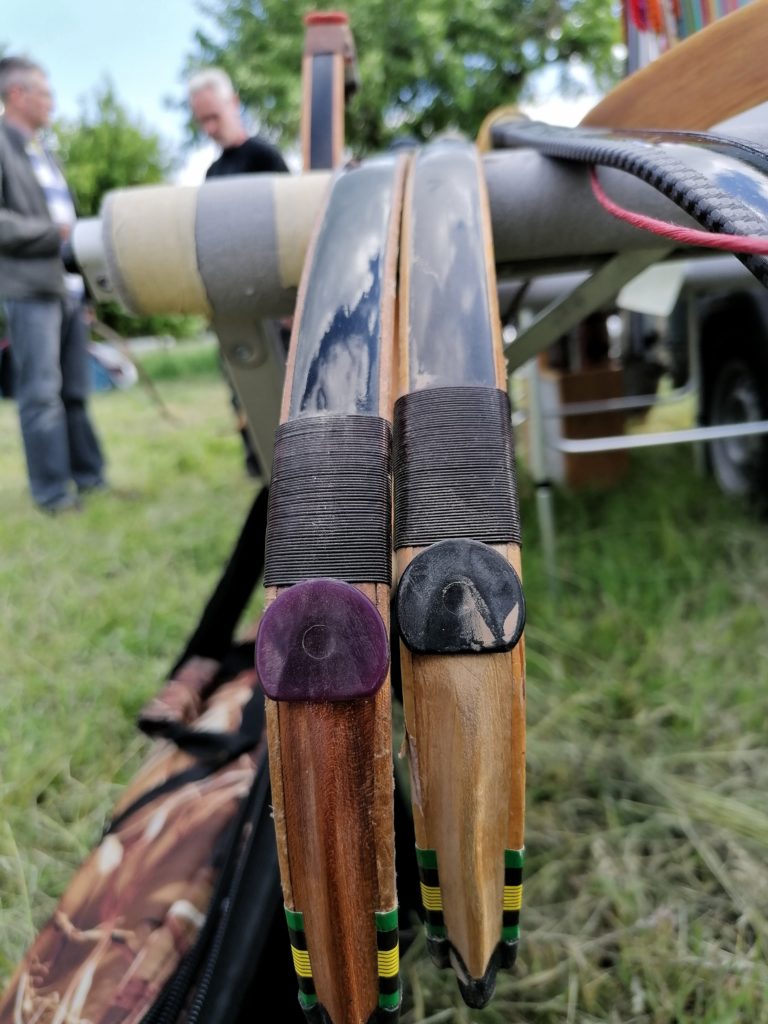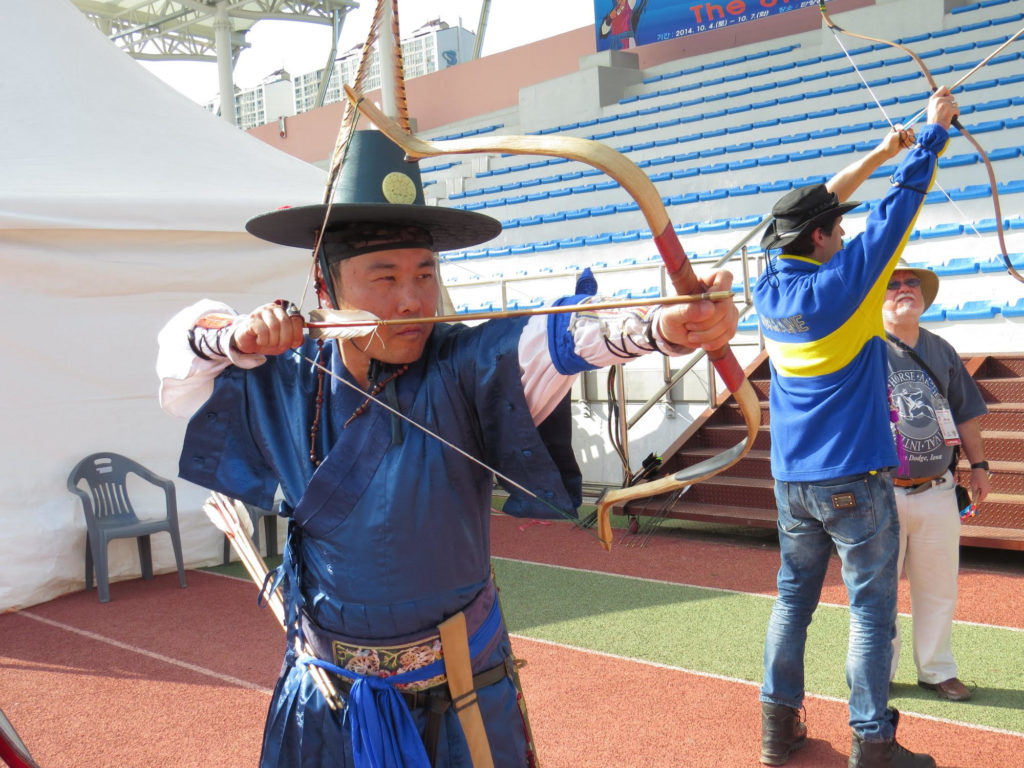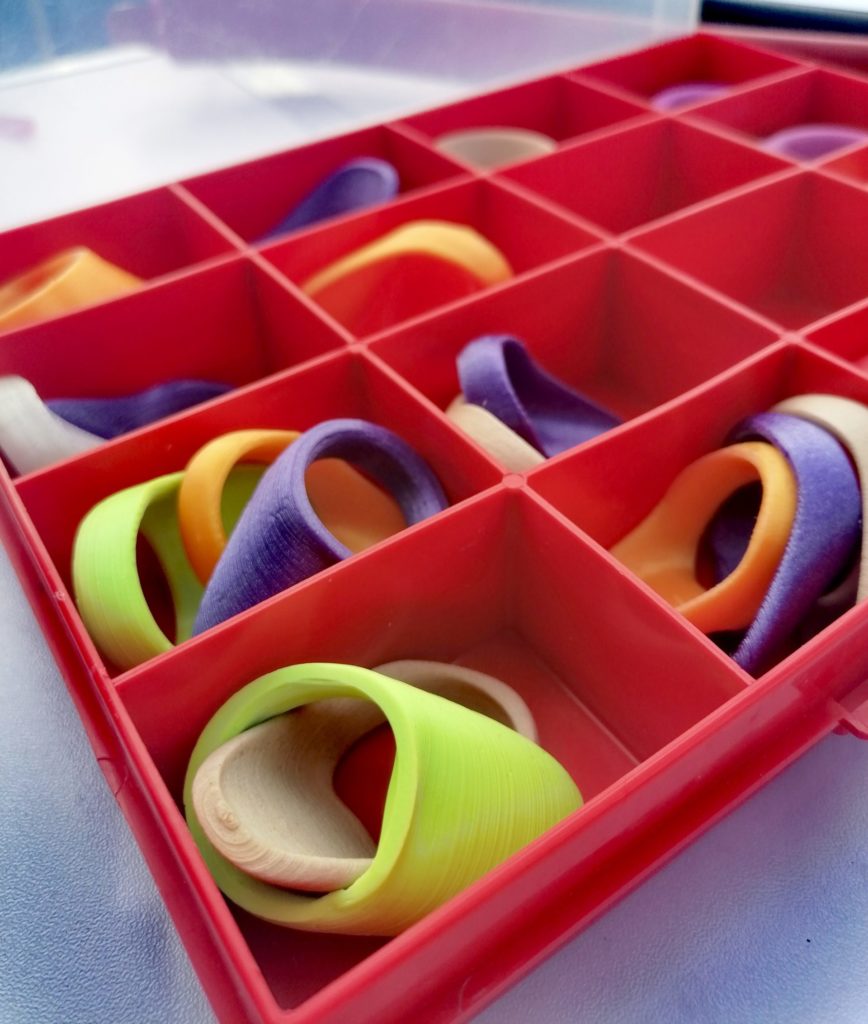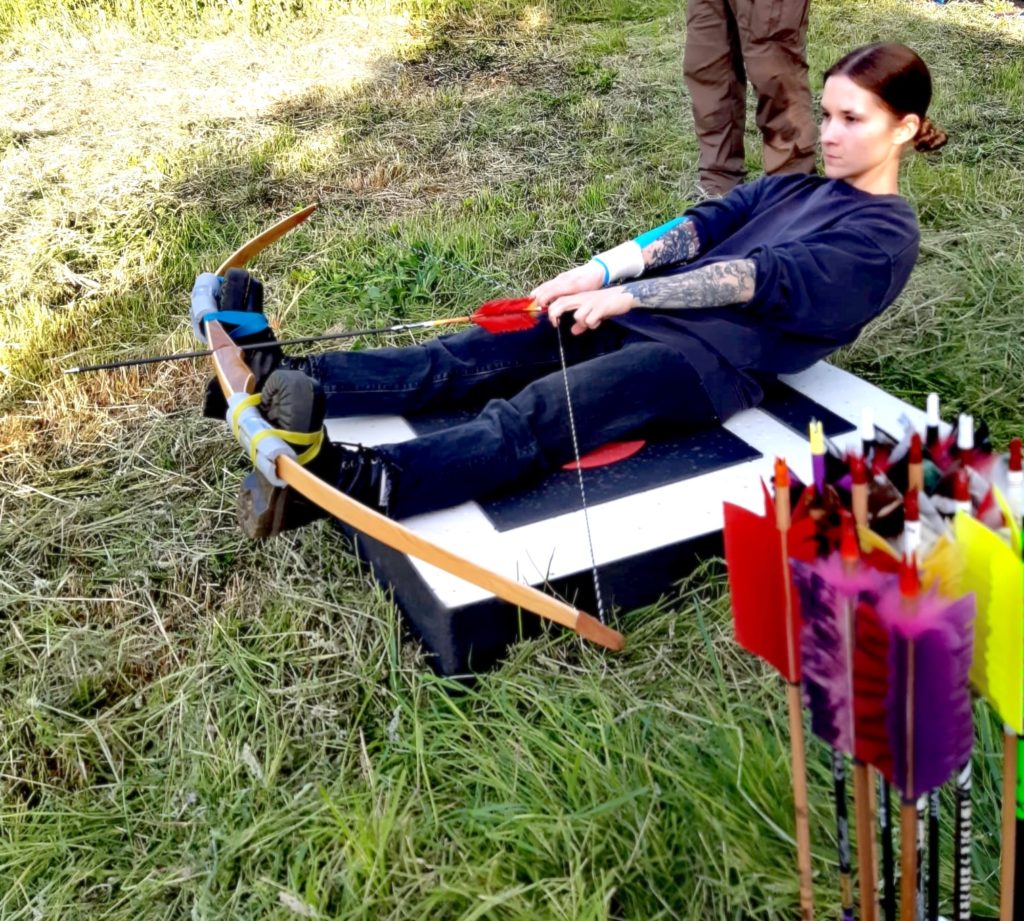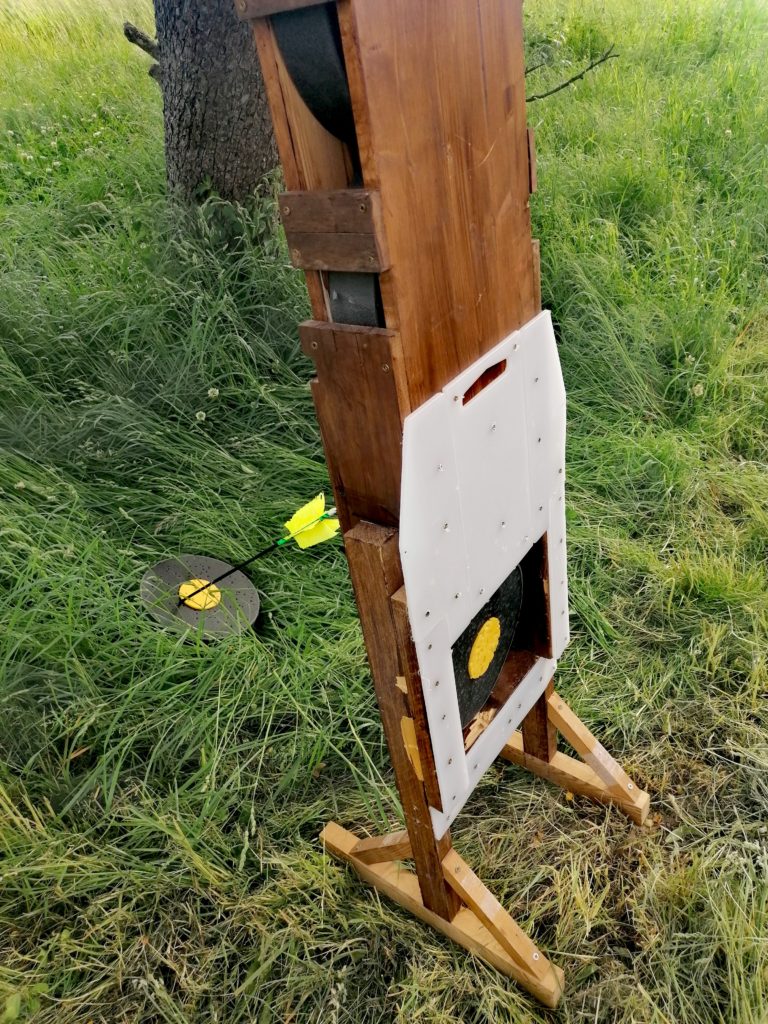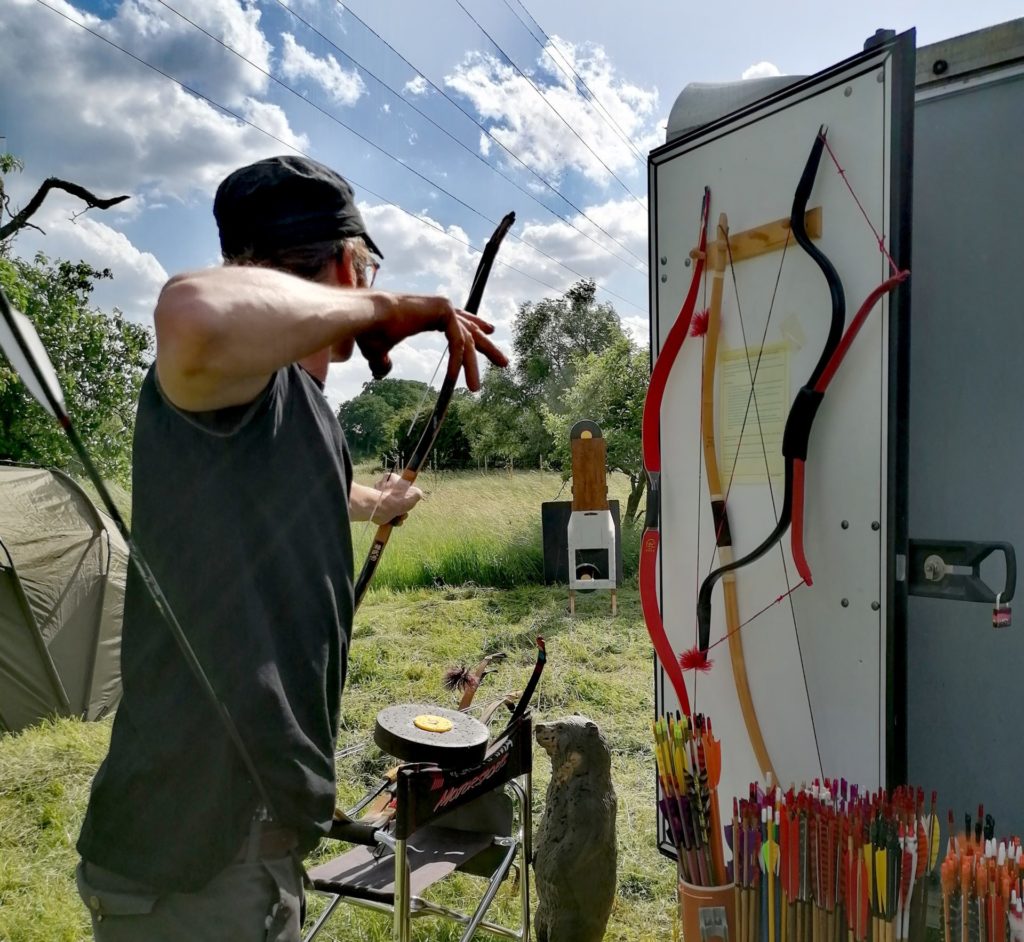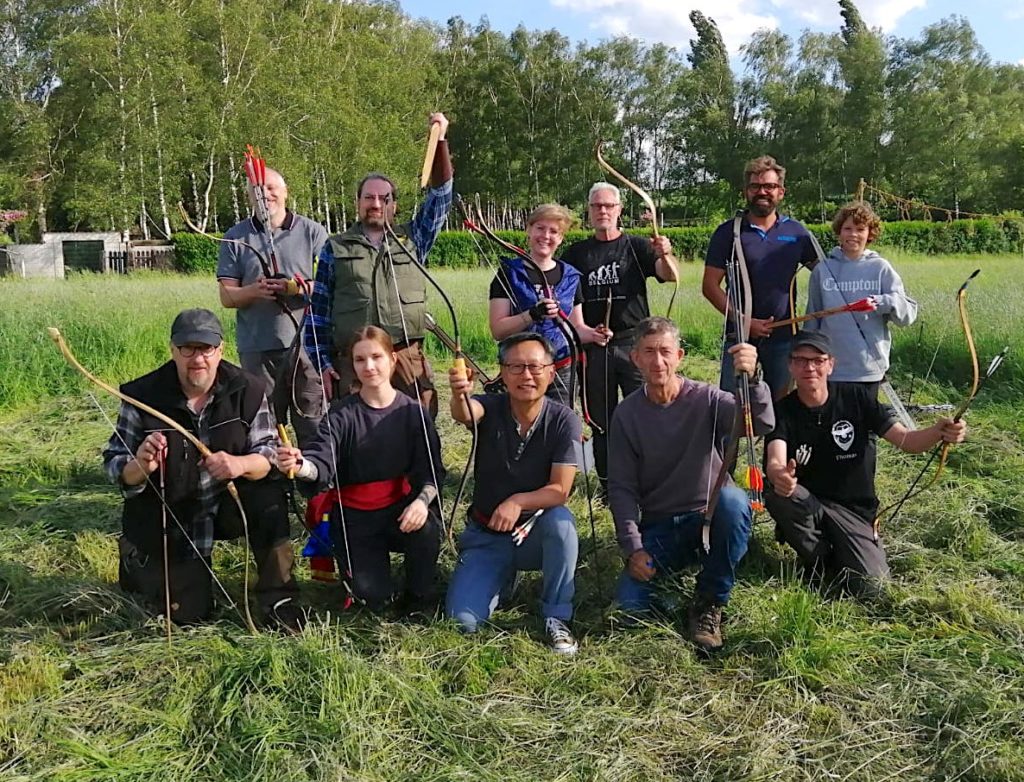Kristina Dolgilevica continues her Korean trad adventures at the second European KTA meeting
The end of May is now synonymous with Istanbul’s Conquest Cup and this year many of the Ottoman style enthusiasts gathered for its 10th international anniversary event. However, there was something else going on that last weekend of May – the second European meeting of Korean traditional archers in Germany.
The event took place in Iserlohn, in the west-central region, and was organised by Ki Joong Eom, a native of Gwangju, a German resident of 20 years and one of the leading proponents of thumb draw shooting in Europe. I was privileged to be invited as an honorary guest, to speak and compete.
The KTA Debate
Having never shot my Korean bow outside of the South Korean clubhouse, I often wondered if I would enjoy it as much in a non-Korean landscape. For me, the characteristic Korean atmosphere is an essential component of the whole experience. I do, however, enjoy the practice itself wherever I am, when doing drills or simply visualising my shot – but somehow it does not seem as authentic without that skyline, the smells and the sounds. It is both the martial art and the mindful practice for me.
The notion of authenticity is related to my own preferred experience as a practitioner of the discipline. I do not discriminate between the styles. Recently, I had begun to practice the long follow-through, because the movement seems natural to my body. Many Koreans would argue that whatever goes on
in the traditional clubhouses across South Korea today, including the shooting form, is merely a distant version of the culture that was once great.
Shooting form, and particularly the long follow-through, is a key part of the debate. Did the body open explosively on release because this was the way the bow was shot traditionally, or was it borrowed or reimagined from a ritualistic, theatrical exhibition of archery in front of royalty?
I am inclined to agree with the second hypothesis, though I am certain that, as with many ancient practices, this will remain subject to historical ambiguity and speculation. As for theatricality of movement, I see it as a natural way for the power to ‘leave’ the body as a result of correct expansion forces.
Though each Korean clubhouse differs, they all come with a specific order and etiquette – the essence of it (for more, visit: bow-international.local/tag/kta). All clubhouses afford the opportunity to shoot at a standard KTA 145-metre distance range – and most will only have that distance. This is something we do not get to experience much in the West and I was keen to see how it would be applied at our European gathering.
Milling about
On the first day, we all met in a calm and remote countryside complex, Ohler Mühle, a former mill. Some of the participants camped out and some of us stayed in the adjacent country house. The range consisted of one stretched-out canvas target and was set up along the field.
The long weekend felt like a week and, though it did not feel Korean because of the landscape, it had its own unique community feeling, a community full of contrasting characters. We talked, shot and ate together; it really was a meeting place for like-minded people.
Our initial meet-and-greet lasted hours as we walked into what I can only describe as a candy shop for traditional archers. The person responsible for this distraction was Martin Hanusch, a very inventive coach, 3D enthusiast and arrow maker.
Much to my surprise, he was not there to sell equipment, he was there to make things fun for all of us. In his view, the reason why many German archers are interested in using the thumb draw, and in traditional archery in general, is that they want to try something new and they find the long distance an appealing challenge.
Martin arrived at the event with a trailer full of bows and his own inventions. “I have over 30 different traditional bows. Every person’s hand is different and, as we say, the bow looks for the owner. Men don’t look so much for the beauty of the bow, they look for strength, the feeling of it; but, for women, it must additionally look beautiful.
“My current personal favourite is a Scythian piece by Grozer.” Martin added that there is no bow he finds uncomfortable and it is the arrow that demands the most careful selection. He makes some eye-catching arrows. In my opinion, the real reason why German archers are interested in traditional archery is his creativity in archery game design.
After trying some bows and quite a few different arrows, we went to test out the long range. I was a bit apprehensive as I was recovering from a wrist dislocation and had recently returned to drawing my 45lb bow.
There wasn’t much wind and the trials went well. We later settled for an outdoor supper with kimchi and soju, more archery games and fascinating conversation. Happy and tired, we went to sleep.
On the second day, Jens Werner, one of Germany’s long-standing KTA and taekwondo practitioners, and I gave short talks. My talk was open and the discussion turned to my coaching work, the shot cycle, the effects of breathing patterns on movement and my experience in Korea.
Though I observed different form in each of the archers present, all expressed the wish to learn more about it and to improve their skills. I was not able to understand everything Jens was saying because my German is limited. However, one thing was clear at the end of our morning discussions – everyone had agreed to do one of my drill-sergeant warm-ups the next day. I am pleased to record that everyone reported for duty in the morning.
The variance in form arises from the lack of coaches proficient enough to teach it, a situation familiar in neighbouring countries. In Europe, the Ottoman style is more prevalent, partly because historically it is a less distant culture, partly because of the similarity in languages and cultures.
But that is a subject for separate historical debate and research. There are multiple schools of shooting in Korea and all look distinctive. This and linguistic differences usually prevent archers from understanding which route to follow in their KTA development.
We headed for the range and began the most serious part of the event – the competition. We shot in three details, five arrow ends in rotation, and followed one of the competition formats shot in Korea, a 15-arrow round.
The wind was tricky because the field was flat and exposed to drafts. The sun was directly at the back, but it did not work in our favour as it burned very strongly.
Tired but happy, some of us having lost an arrow or two in the long, wild grass, we sat down to a Korean barbecue with home-made kimchi, soju and Korean rice wine, courtesy of Jürgen Junkmanns, perhaps the most well-known westerner in Korea for his interest in and contribution to KTA.
Among other things, Dr Jurkmanns is a historical bow and arrow maker who works with natural materials.
It was he who discovered one of the oldest Korean warbows in a French museum of Crépy. He made replicas and took them to South Korea, further fuelling his passion for Asiatic archery. The estimated draw weight of this original, strongly reflexed bow is likely to have been around 100lb at 31.5in draw length.
As Dr Jurkmanns explained: “Koreans called this bow type a half-horn bow and, according to old sources, these were cheaper than the bows with longer horn strips from buffalo. Thus, it is quite likely that it was a military bow. It is made of wood, probably mulberry, ox horn and sinew, and measures 126cm in length. The same type of bow has been known in Korea since about 1400, that belonging to King Taejo (founder of Choseon Dynasty) being the most famous example. It is currently housed in a North Korean museum.”
He was shooting one of his bows at the event and kindly allowed me to try it. If it were not for social etiquette, I probably would have run away with it, as it was a fine and smooth piece. But honour comes first.
Our evening was coming to an end and some of the archers were preparing for a night shoot. Mr Ki called everyone to an open fire to announce the winner of the competition. I was pronounced a champion of that event and was given many handmade gifts and a beautiful silk belt. I gave my final words of gratitude and we have agreed to grow the community together.
I was humbled, but above all happy to be able to shoot again after a very long break. We have agreed to meet next year for a third European KTA meeting. The first meeting gathered only six and this event doubled the numbers. Interested in making it 24 next year? You will be missing something special if you don’t.


